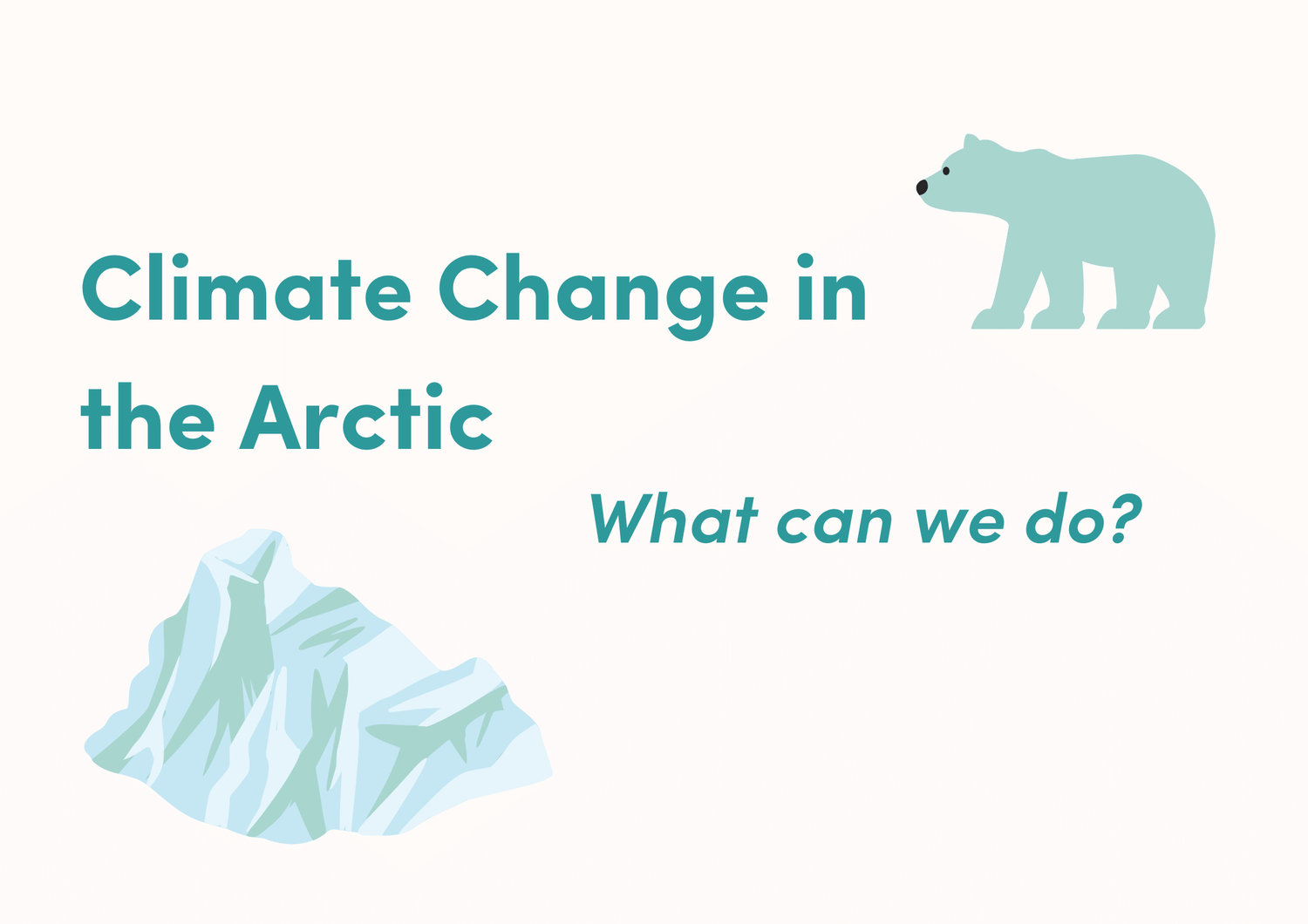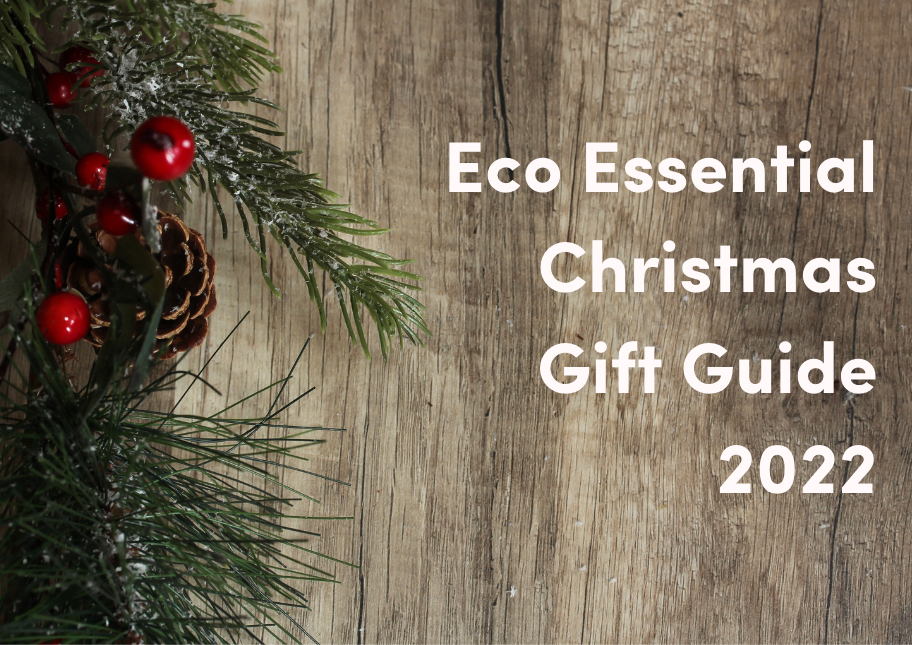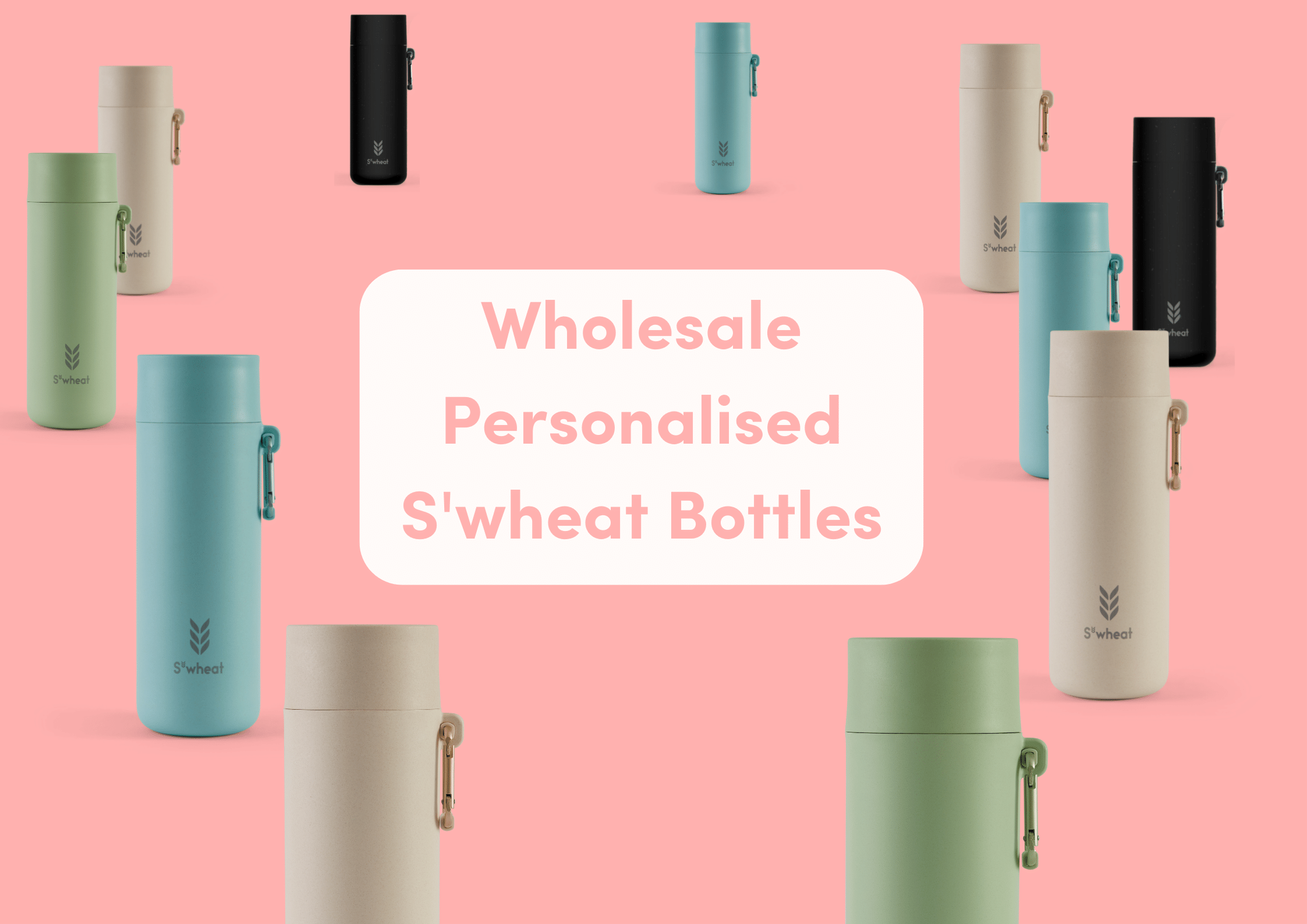Ice caps in the Arctic are warming more than twice as fast as the rest of the world, causing it to melt away nearly 13% of its mass each decade, and this is predicted to climb higher as the years go on. Over the past thirty years, even the oldest and thickest ice in the Arctic has dissipated to just 5% of what it once was. All this ice that has rapidly melted away has caused a significant rise in sea levels, seeing an increase of eight inches in just one hundred years, much of which occurred during the past few decades.
Since the slowing of economic growth during the COVID-19 pandemic, greenhouse gases have rebounded and increased 6% in 2022 in comparison to the year before. This has caused a surge in global temperatures, ultimately resulting in extreme weather changes including scorching heat waves, droughts, flooding, hurricanes, and typhoons.
Arctic Amplification
Arctic amplification is a term used to describe the process by which the polar regions attract and retain heat due to declining ice and snow. This is due to the Albedo effect, which explains the relationship between the heat intensity of sunlight and the surface it is reflected off. Ice-albedo feedback is when ice reflects solar light back into the atmosphere as opposed to absorbing and retaining it as darker surfaces would. With such a significant decrease of ice, it’s no wonder the polar regions are warming at such an alarming rate.
Scientists believe that if global warming continues at the rate it currently is, Arctic sea ice will disappear for the summer by 2035. This is highly likely to cause higher levels of conflict between Arctic communities and animals who reside in snow and ice, such as polar bears. Furthermore, the ice melting is actually causing earth’s crust to move and change. This is going to open up shorter, more dangerous new routes for shipping vessels to take, which may cause friction between countries who wish to claim it, as well as wreckages and oil spills that might be inaccessible to others. Economically and socially marginalised groups suffer the most from these consequences despite the fact they generally do the least to contribute.

Global Warming
This, of course, all has an impact on the rest of the world too. Extreme weather changes cause disasters like wildfires, which hit Australia particularly hard. Not only has this caused the lowest temperatures in Australia to rise by 3 degrees, the brown smoke from wildfires has drifted north and is further aggravating the warming of the Arctic. These weather conditions are then exacerbated by the ice melting into cold freshwater, disrupting the levels of salt and saline in the ocean and rerouting the entire circulation.
Global warming becomes increasingly consequential as time goes on, already foretelling the very possible collapse of not only life in the polar regions, but the entirety of earth’s ecosystems. Climate change foreshadows what is still to come from how we treat the planet, but the effects of an unstable environment in itself are going to have seriously harmful effects. Arctic amplification is causing both more intense heat waves and colder winters. These unpredictable changes to the weather can cause an array of issues:
- Droughts and warmer climate lead to wildfires and increase the overall temperature in the atmosphere, resulting in global warming.
- Rising sea levels can end up causing flooding, which leads to damage to infrastructure and human activity as well as loss of habitat for wildlife, ultimately leading species to danger of extinction.
- High winds can push tropical storms north so that they reach polar regions, leading to arctic amplification.
- Unpredictable weather can cause distinct crop loss and other agriculture and fishing disruptions, leading to a shortage of produce and resources, and therefore inflation.
- Increased air pollution and pollen from severe weather can result in triggered allergies, asthma and other respiratory conditions.
- More frequent storms will eventually cause serious coastal erosion, leading to more extreme weather like typhoons and hurricanes.
In addition to these harrowing effects, when ice melts, it releases all the carbon and methane that has been trapped within the ice. As frequently as carbon is thought of as the main contributor to climate change, methane is actually 23 times more efficient at absorbing and retaining heat, so as the ice caps melt, this is all emitted into the atmosphere.
This goes for anything else that may have been frozen into the ice years and years ago too. It has been found that harmful bacteria and viral pathogens can remain dormant when frozen in ice for huge lengths of time. Microbes estimated to have been frozen in glaciers for 15,000 years were discovered in 2021, with just 4 out of 33 viruses found being identifiable.
Ten things you can do:
✓ Avoid plastic waste
Recycle whenever possible and keep plastic-free, eco-friendly alternatives to single-use items such as a plant-based reusable water bottle.
Fossil fuels and oil-based materials such as plastic are a huge contributor to these potentially catastrophic changes to the climate. Even landfills and litter aside, plastic production emits an abundance of carbon, accelerating the rate of arctic amplification. One of the best ways to minimise your carbon footprint is to reduce the amount of plastic you waste. Cutting out single-use plastics wherever possible is key here, which is why a plastic-free reusable drinks bottle is essential.
The S’wheat bottle is the most sustainable plastic-free water bottle around. Plant-based and practical, our reusable drink bottles are made from discarded wheat straw and therefore will biodegrade at the end of their life without a trace, yet last for years of usage. Forget plastic or metal water bottles and choose a wheat and bamboo bottle that plants trees, funds eco projects, and offsets more emissions than it produces!
S’wheat also makes the perfect sustainable corporate gifts for your workplace. Need a gift that anyone will enjoy? Something branded for your employees to showcase, or extra eco-minded to impress potential clients? Our wholesale water bottles are available with high-quality laser engraving and colour printing, as well as custom bottle colours to create the perfect bespoke branded reusable drink bottles for your company, and that’s not all! When you co-brand with S’wheat, we will plant a minimum of 50 trackable trees in your company’s name.

DIRTEA X S’wheat co-branded promotional bottle in ‘Oat’
✓ Minimise transport
Take public transport, share a ride, cycle, or walk.
✓ Shop locally
Reduce emissions that come from transporting goods and produce from farm to factory to store to home, as well as avoiding toxic pesticides and fertilisers.
✓ Reduce meat and dairy
Animal protein takes 11 times more fossil fuel and 100 times more water to produce than plant protein, and almost two-thirds of nitrous oxide emissions caused by humans in the past 30 years have been produced by animal agriculture.
✓ Conserve energy
Be mindful of switching off unnecessary lights and appliances and use alternative energy such as solar and wind power.
✓ Use natural cleaning products
Most supermarket cleaning products are simply water full of toxins and come in thick plastic, so sustainable brands that are refillable/plastic-free/toxin-free/cruelty-free.
✓ Avoid any products containing ODS including hydrochlorofluorocarbons, halogenated hydrocarbons, methyl bromide, and nitrous oxide.
Natural cleaning products with as little ingredients as possible are ideal, and a simple way to know what exactly goes into your products.
✓ Be wary when disposing of or overusing items such as air conditioners, fridges, and fire extinguishers.
These sometimes still contain ODS so disposing of them incorrectly can contribute to ozone depletion and accelerate global warming.
✓ Recycle and compost
Recycling and using waste to create something new or give back to the earth helps to contribute to a circular economy.
✓ Garden and plant trees
Gardening and tree planting can help not only reduce emissions, keep your food natural and sustainably grown, but give back to the environment too.
Want to give your brand or business a sustainability boost? Enquire about co-branding with S’wheat to reach your net zero goals!




Leave a comment
All comments are moderated before being published.
This site is protected by hCaptcha and the hCaptcha Privacy Policy and Terms of Service apply.